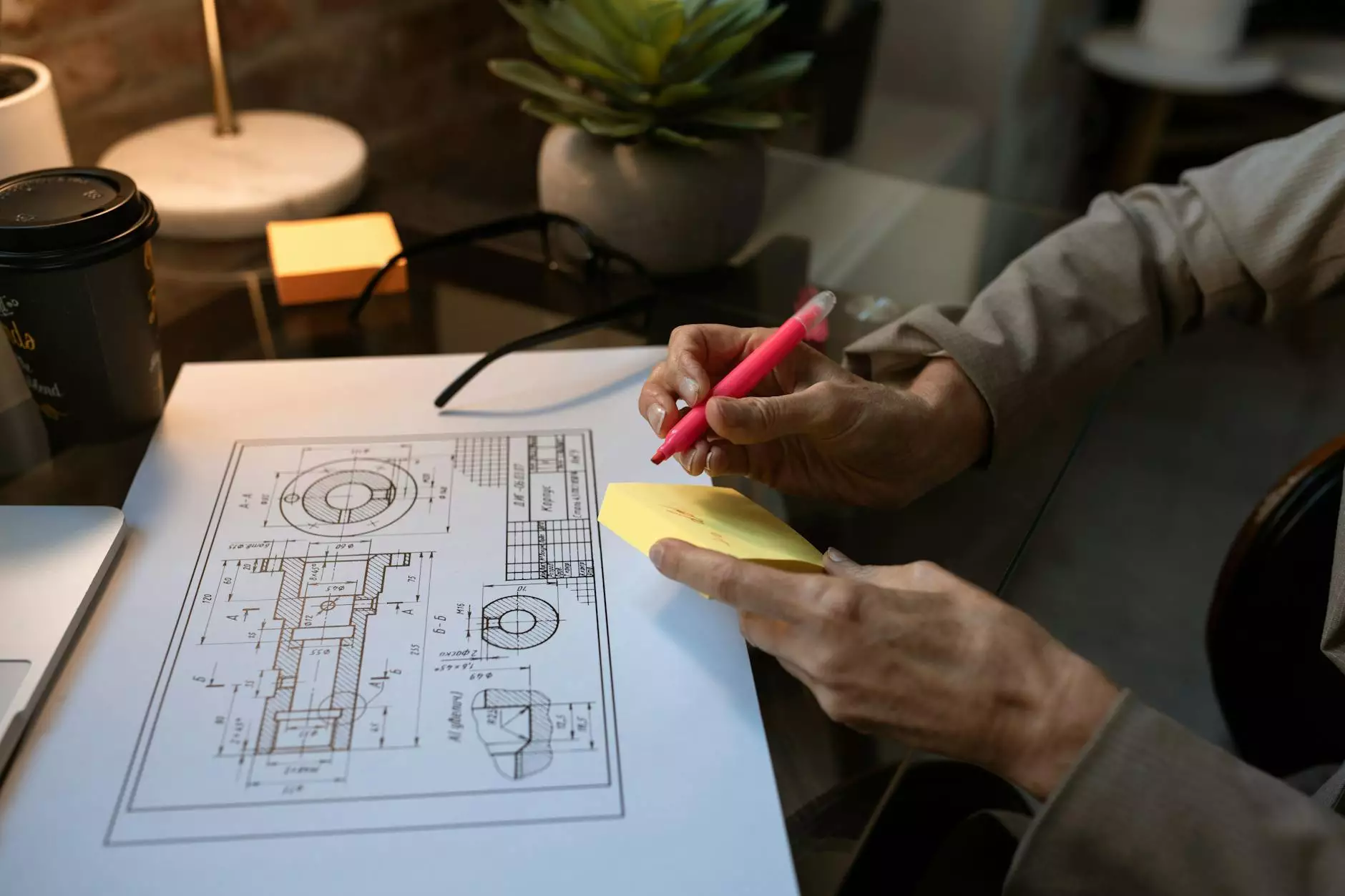Understanding the Parts of Auto Transmission: A Comprehensive Guide

In the world of automotive engineering, the parts of auto transmission play a crucial role in how a vehicle functions. The transmission system is responsible for transferring power from the engine to the wheels, enabling a vehicle to move efficiently. In this extensive guide, we will delve into each of the key components that make up an auto transmission, their functions, and why they are important for the overall performance of your vehicle.
What is Auto Transmission?
Auto transmission, or automatic transmission, is a type of vehicle transmission that automatically changes the gear ratios as the vehicle moves. Unlike a manual transmission, which requires the driver to change gears manually, an automatic transmission uses a complex system of hydraulic and electronic components. This advanced system simplifies driving and enhances the driving experience by maintaining optimal engine performance.
Core Components of Auto Transmission
The parts of auto transmission are meticulously designed to work in harmony. Let's explore each of these components in detail:
1. Torque Converter
The torque converter is a vital component that connects the engine to the transmission. It allows the engine to continue running while the vehicle is stationary. The torque converter uses a fluid coupling mechanism that multiplies engine torque, enabling the vehicle to accelerate smoothly. Key functions include:
- Fluid Coupling: Ensures that the engine can run without stalling when the vehicle is stopped.
- Torque Multiplication: Increases the torque sent to the transmission during acceleration.
2. Planetary Gear Sets
Planetary gear sets form the heart of the automatic transmission, allowing for multiple gear ratios in a compact design. They consist of:
- Sun Gear: The central gear that drives the system.
- Planet Gears: Smaller gears that revolve around the sun gear.
- Ring Gear: The outer gear that the planet gears mesh with.
This gear arrangement enables smooth transitions between gears, providing the necessary power to negotiate varying speeds and loads.
3. Hydraulic System
The hydraulic system is the driving force behind the automatic transmission. It uses transmission fluid, which is pressurized to engage or disengage gears. Components of the hydraulic system include:
- Valve Body: Directs the flow of transmission fluid to different clutches and bands.
- Fluid Pump: Circulates the transmission fluid under pressure.
- Filters: Remove contaminants from the fluid to prevent damage to components.
4. Clutches and Bands
Clutches and bands are responsible for engaging and disengaging the gears in the transmission. They work under the control of the hydraulic system to provide seamless gear changes. Key aspects include:
- Clutches: Engage and disengage the gear sets to allow for smooth shifting.
- Bands: Wrap around the planetary gear sets to hold them in place, enabling gear selection.
5. Transmission Control Module (TCM)
The TCM is an electronic component that monitors the vehicle's speed and engine load to determine the optimal time to shift gears. It uses information from various sensors to make precise decisions, ensuring smooth and efficient gear changes.
Benefits of Understanding Transmission Parts
Understanding the parts of auto transmission not only helps in maintaining your vehicle but also empowers you to make informed decisions regarding repairs and replacements. Here are some benefits:
- Improved Maintenance: Knowing how each component function can aid in proactive maintenance.
- Enhanced Performance: Awareness of potential issues can lead to timely repairs, ensuring optimal transmission performance.
- Savings on Repairs: An informed owner can identify problems early, potentially reducing repair costs.
Common Issues with Auto Transmissions
Transmissions are complex systems that can develop various issues over time. Some of the common problems include:
- Delayed Engagement: Difficulty in shifting from park to drive or reverse.
- Slipping Gears: The transmission unexpectedly changes gears while driving.
- Overheating: Excess heat can cause transmission fluid to break down, reducing effectiveness.
- Warning Lights: Transmission or check engine lights on the dashboard indicating a fault.
Understanding these issues can help you diagnose problems early and seek necessary repairs at Shenghai Auto Parts.
Maintaining Your Auto Transmission
Proper maintenance of your vehicle's transmission can extend its life and improve performance. Here are essential maintenance tips:
- Regular Fluid Checks: Monitor the transmission fluid level and quality regularly.
- Fluid Changes: Change the transmission fluid as recommended by the manufacturer.
- Flush the System: A complete fluid flush can remove old fluid and contaminants.
- Inspect for Leaks: Regularly check for fluid leaks under the vehicle.
Implementing these practices can help keep your transmission functioning optimally.
Conclusion
In conclusion, understanding the parts of auto transmission is essential for anyone who owns a vehicle or is interested in automotive mechanics. From the torque converter to the hydraulic system, each component plays a critical role in the vehicle's performance. By recognizing how these parts work together, you can make informed choices about maintenance and repairs, ensuring your vehicle operates smoothly for years to come. For high-quality auto parts and supplies, visit Shenghai Auto Parts and keep your transmission in excellent condition.









